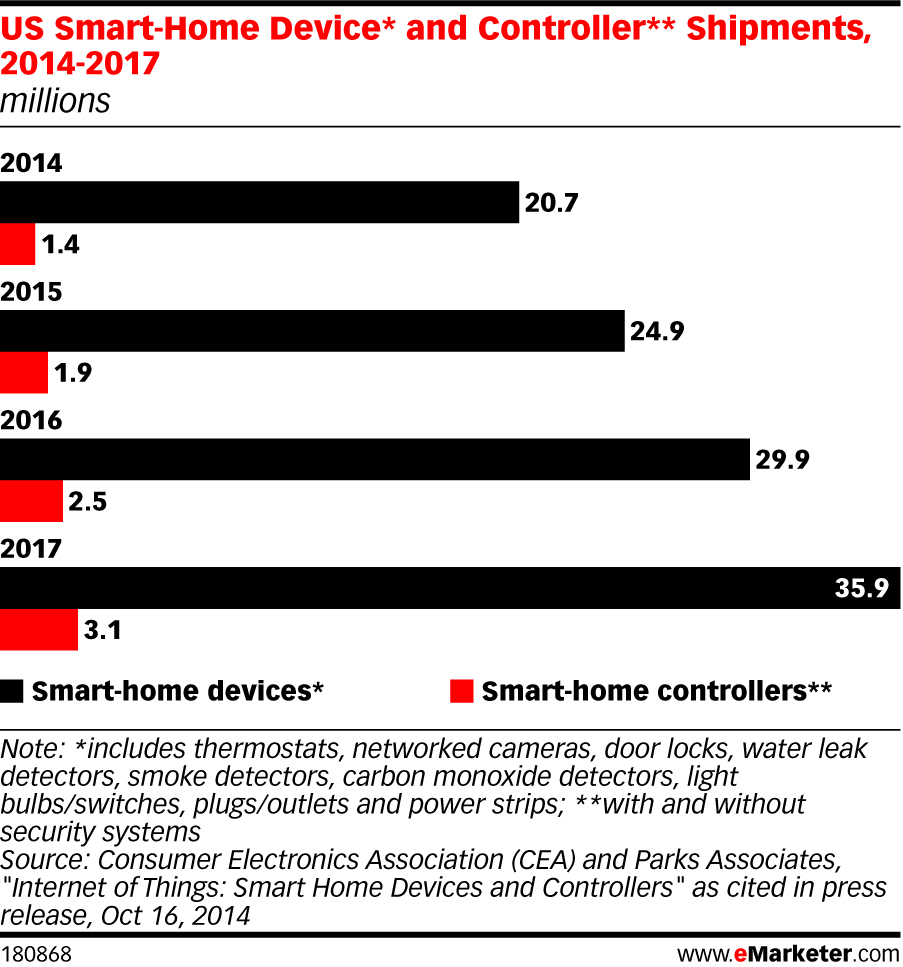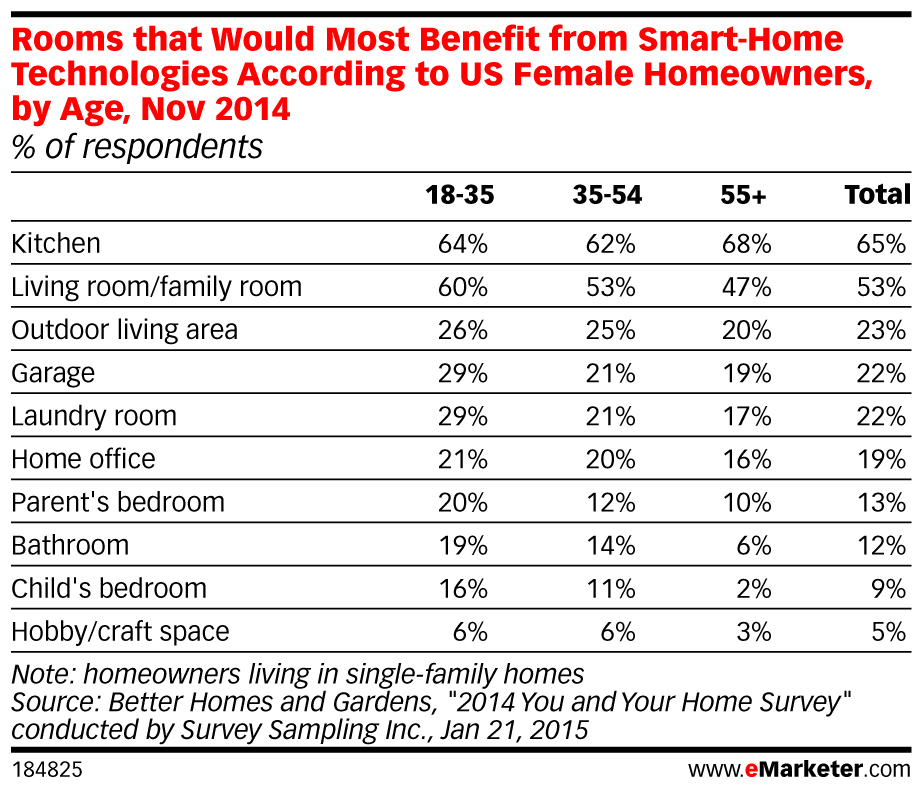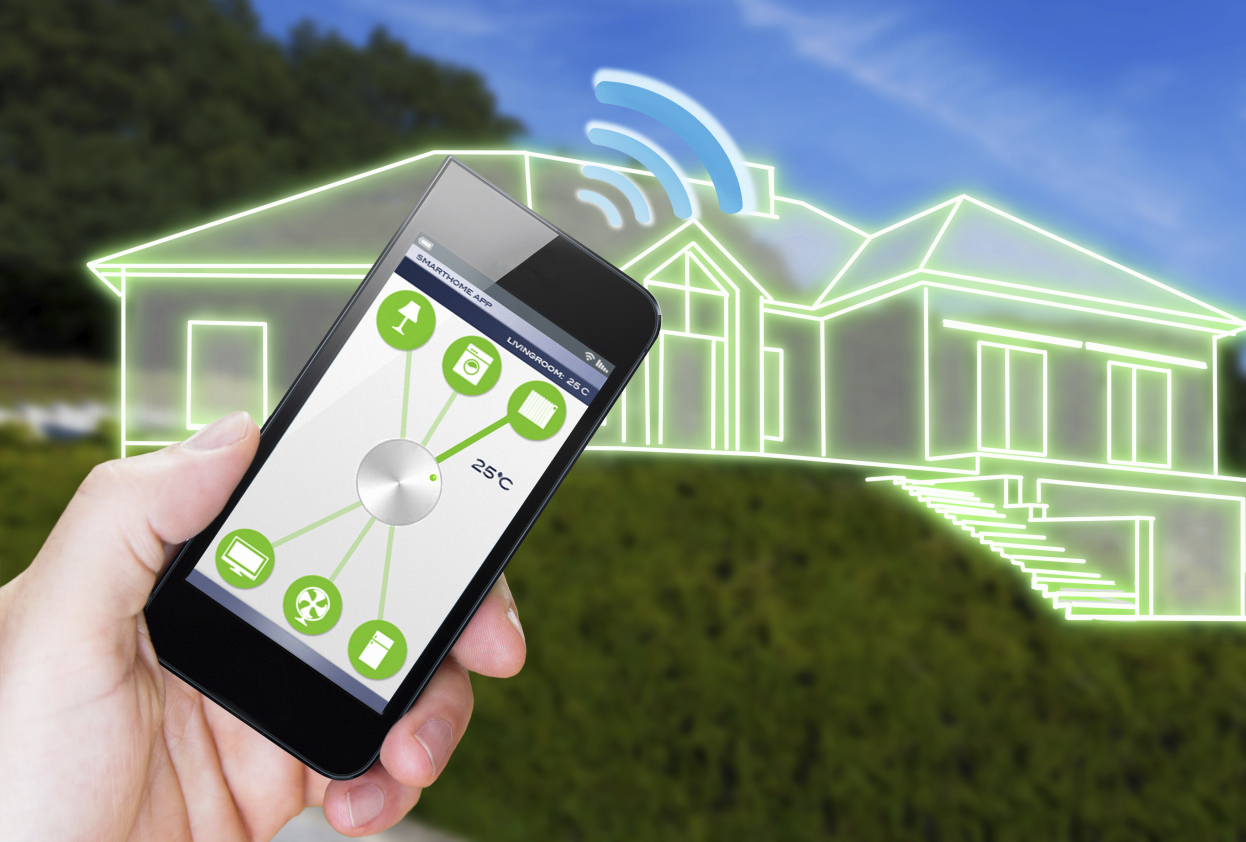One of the major market trends we observed at CES 2015 last month was that the connected home is quickly becoming a reality. Smart home device shipment in the U.S. market is projected to grow nearly 74% from 20.7 million units to 35.9 million in the next 3 years, while the smart home controllers doubling its shipment.

As rising product availability and mobile compatibility are readying home automation and monitoring to happen in every room of the house, which room will receive the priority of getting connected?

According to a recent Better Homes and Gardens survey of U.S. female homeowners, it’s the shared family spaces like the kitchen and living room that takes the priority. In contrast, private spaces such as the bedroom or bathroom are less likely to be equipped with smart home devices.

And it’s not hard to see the key reason behind such disparity—privacy concerns of connected devices are the number one reason that’s keeping smart devices from entering every room. Over 80% of U.S consumers worry about data security, according to a recent poll conducted by TRUSTe, as a majority believe they should own the data collected by smart devices. Overall, this means that brands in the connected home market need to do a better job at explaining the way personal data is collected and securely used to provide more benefits for the homeowners.
**All charts are taken from eMarketer.

